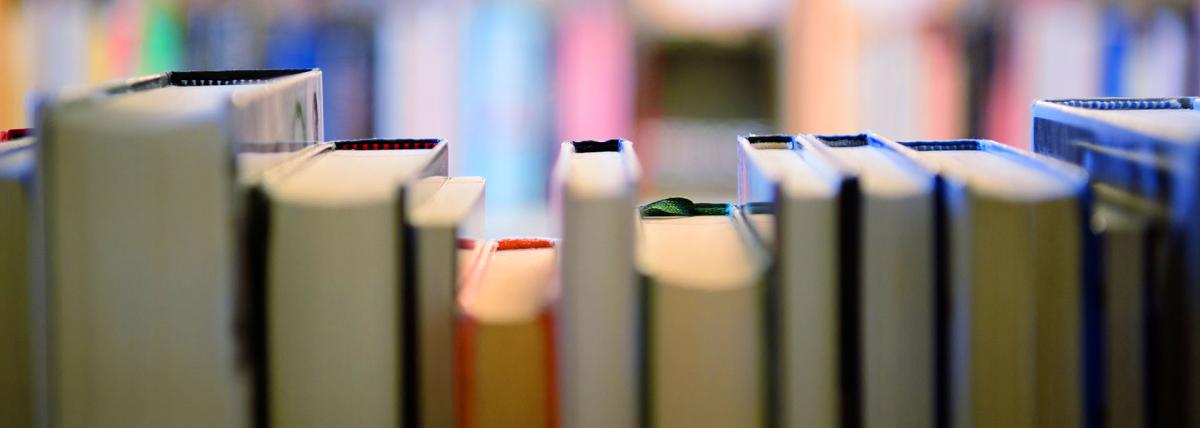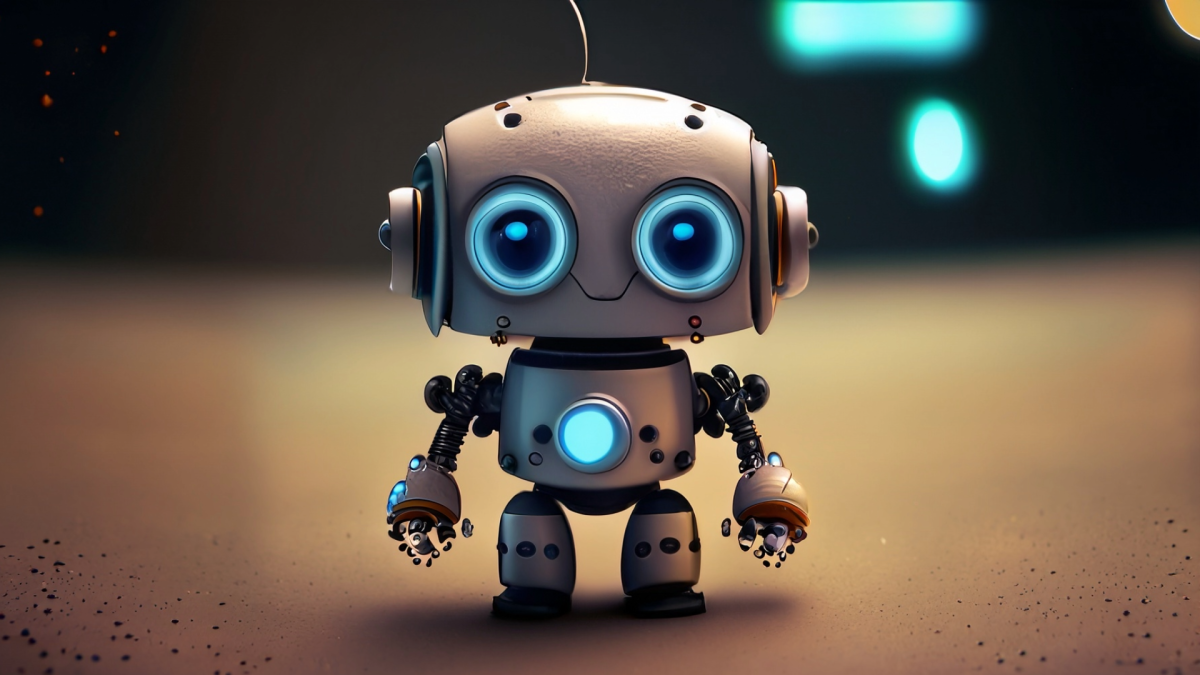Grades:
9th Grade, 10th Grade, 11th Grade, 12th Grade
Multi-week cross-curricular project combining STEM, cultural studies, history, and ELA, culminating in cultural exchange, podcast style reflections, photo/video sharing/storytelling, and an experience
Grades:
Kindergarten, 1st Grade
Students will learn about the parts on their head, how they help their five senses, and how to say it in Apache. Students will also practice their measuring skills in order to measure their head.
Grades:
8th Grade
Students will be extracting DNA from strawberries to help them understand DNA and its role in heredity and inheritance. Students will also practice math skills and compare data.
Grades:
3rd Grade, 4th Grade
The central activity involves students working in small groups to plan and produce a short stop motion film. The driving question for the lesson is, "How can we tell a story using only pictures and
Grades:
6th Grade
Students will become solar engineers, using science and math to turn a simple pizza box into a functional, heat-trapping oven. They will use their knowledge of energy transfer and the Engineering
Grades:
3rd Grade
Students research Sonoran Desert animal adaptations and then combine them to form an animal that would thrive in our unique environment.
Grades:
2nd Grade
Students will listen to Carla’s Glasses and use the engineering design process to plan and create their own glasses using Maker Space materials. They will use measurement and symmetry to help design
Grades:
6th Grade
This lesson uses taste-testing as a way to introduce and practice science and math practices, including observing, recording, predicting, writing a claim with evidence and reasoning. I have used it
Grades:
6th Grade, 7th Grade, 8th Grade
In this lesson, students learn about sediment classifications and develop a model for how sediments are sorted during deposition. Armed with this knowledge, students then gather dirt with favorable
Grades:
9th Grade, 10th Grade, 11th Grade, 12th Grade
Students will use leaf disks punched out of spinach leaves and a syringe to demonstrate the production of oxygen to determine the rate of photosynthesis. Once an initial rate is determined, students
Grades:
6th Grade, 7th Grade, 8th Grade
In this two-week middle school STEM project, students work independently (with optional peer collaboration) to design and build a larger-than-life wooden grasshopper and a creative, functional habitat
Grades:
6th Grade
In this 6th grade STEM lesson, students explore the real-world challenges of renewable energy by designing and testing simple solar oven and wind turbine models. Working collaboratively, they will
Grades:
8th Grade, 9th Grade, 10th Grade, 11th Grade, 12th Grade
Exploring Technology with 3D Pens introduces students to hands-on innovation by combining creativity and technology. Students learn how 3D pens work, practice designing and designing cultural images
Grades:
11th Grade, 12th Grade
Students discover how the physics of waves and sound connect to real-world biomedical challenges. Through hands-on simulations, spectrogram analysis, and a design challenge, they explore how engineers
Grades:
11th Grade
Students will use motion detectors to move to match given potion time graphs which will create velocity graphs. They have to learn how to read new graphs and to compare real motion to graphical data
Grades:
9th Grade, 10th Grade, 11th Grade, 12th Grade
Where learning takes root and futures grow: This is the first lesson that was used for a project that took learning beyond the classroom and into the garden, where students gain hands-on skills
Grades:
7th Grade, 8th Grade, 9th Grade, 10th Grade, 11th Grade, 12th Grade
Students will make a concrete mixture from sand and white glue. This entails a civil engineering lesson on strengthening soils in order to prevent structures from collapsing. Students will create a
Grades:
1st Grade, 2nd Grade, 3rd Grade, 4th Grade
In this lesson, students will learn how insects build sustainable homes and model the insect homes to design a settlement on Mars using the concept of biomimicry. In this lesson, the students will
Grades:
11th Grade
This includes my whole unit of a four week lesson on the Universe. I was quite fascinated with the amount of resources available for us from NASA and ESA to help teachers in keeping the students
Grades:
9th Grade, 10th Grade
In this lesson, students will explore the cell membrane as the selective “gatekeeper” of the cell, regulating the movement of substances to maintain balance and homeostasis. Using both virtual reality
Grades:
6th Grade
Students design and build eco-friendly theme park rides using recycled materials to model energy efficiency, test data, and explore sustainable power sources through STEAM.
Grades:
9th Grade, 10th Grade
In this interactive simulation, students explore the concept of carrying capacity by modeling changes in a deer population over 20 years. Using dice rolls and ecological scenarios, students apply
Grades:
10th Grade, 11th Grade, 12th Grade
Students will construct a wind turbine, gauge energy efficiency and durability. Students will then reflect on their data. This leads to a great discussion on different methods for capturing energy.
Grades:
Kindergarten, 1st Grade, 2nd Grade
Students will dive into STEM, literacy, and math concepts through the timeless story of The Three Little Pigs! Students will explore materials by comparing the properties of straw, sticks, and bricks
Featured Lesson Plans
Check out these notable lesson plans.

Featured
Makey Makey Storyboards
Grades:
Kindergarten, 1st Grade, 2nd Grade, 3rd Grade, 4th Grade, 5th Grade, 6th Grade, 7th Grade, 8th Grade, 9th Grade, 10th Grade, 11th Grade, 12th Grade
This lesson takes students through the process of creating an interactive storyboard using a Makey Makey circuit board. This lesson can be adjusted for any grade level with examples given in the 4th

Featured
Sphero Rocket Payload Mission
Grades:
9th Grade, 10th Grade, 11th Grade, 12th Grade
This lesson uses Sphero's "Rocket Payload" activity with the Outer Space Mat. The full lesson includes information on rocket payload, a Sphero coding challenge, a NASA link to read, optional questions

Grades:
1st Grade, 2nd Grade, 3rd Grade
This lesson using Ozobot is centered around a favorite read aloud, "When Things Aren't Going Right, Go Left". This story is about perseverance. After reading it, students use color code directions and
